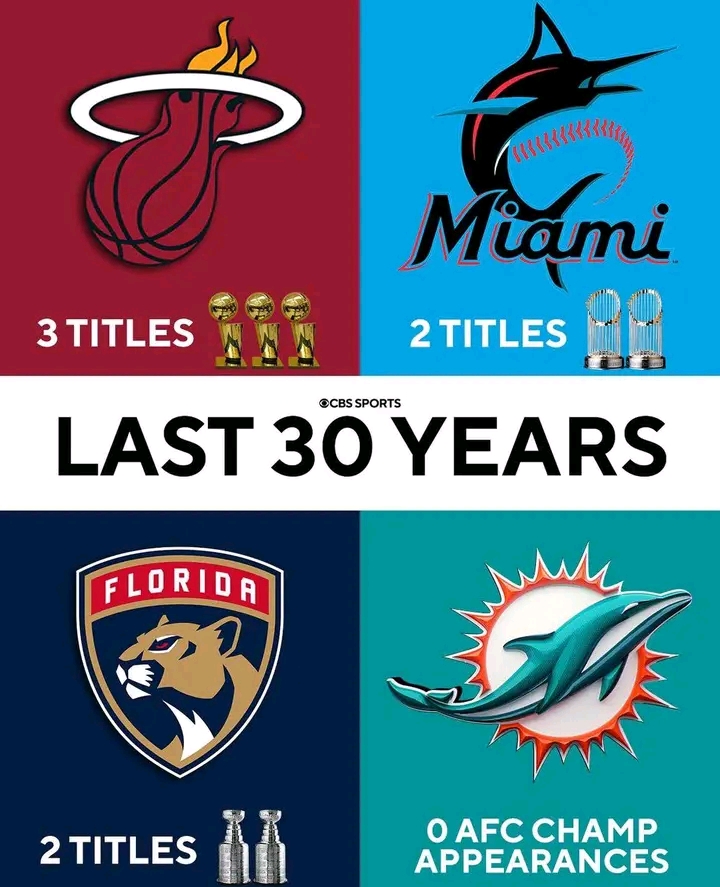
**The Miami Dolphins’ Rise to Power: From 1966 Beginnings to 1990s NFL Greatness**
The **Miami Dolphins**, one of the NFL’s most storied franchises, have experienced significant evolution and improvement in the three decades leading up to the mid-1990s. This period—spanning from the team’s founding in 1966 through the early 1990s—saw the Dolphins grow from a struggling expansion team into a respected and powerful force in professional football.
When the Dolphins joined the American Football League (AFL) in 1966, the team endured several tough seasons, posting losing records as they built their roster and coaching staff. The true turning point came in 1970, when legendary coach **Don Shula** took over. Shula’s arrival marked the beginning of a golden era for the franchise, setting the stage for major improvements that defined the next two decades.
Under Shula’s leadership, the Dolphins became a model of consistency and excellence. The early 1970s saw their most remarkable achievements, including **three consecutive Super Bowl appearances (1971, 1972, 1973)** and **back-to-back Super Bowl victories in 1972 and 1973**. The **1972 season** remains unmatched in NFL history, as Miami completed the **only perfect season** to date, finishing 17-0 with a Super Bowl VII championship. The team’s success was built on a balanced offense led by quarterback **Bob Griese**, a powerful running game featuring **Larry Csonka** and **Mercury Morris**, and a dominant defense nicknamed the **”No-Name Defense”**.
Throughout the 1970s and into the 1980s, the Dolphins continued to be competitive, often finishing with winning records and earning playoff berths. Their improvement was evident in their ability to consistently challenge for division titles and remain in Super Bowl contention. In the early 1980s, the Dolphins adapted to changes in the NFL’s offensive style. They drafted **Dan Marino** in 1983, a quarterback who would redefine the team’s identity with his powerful arm and quick release. Marino’s arrival sparked a high-powered passing offense that set records and thrilled fans. The Dolphins returned to the Super Bowl in 1984, though they fell short against the San Francisco 49ers.
By the early 1990s, the Dolphins had established themselves as a respected and competitive franchise. Their improvement over the preceding 30 years could be seen in their winning culture, consistent playoff appearances, and ability to produce Hall of Fame talent both on the field and on the sidelines.
In summary, before the last 30 years, the Miami Dolphins transformed from humble beginnings into one of the NFL’s most successful and admired teams, thanks to smart leadership, iconic players, and a commitment to excellence that left a lasti
ng legacy.



